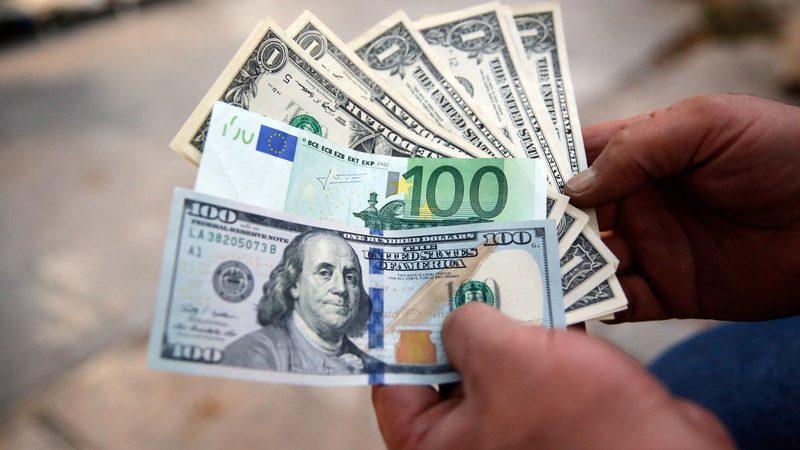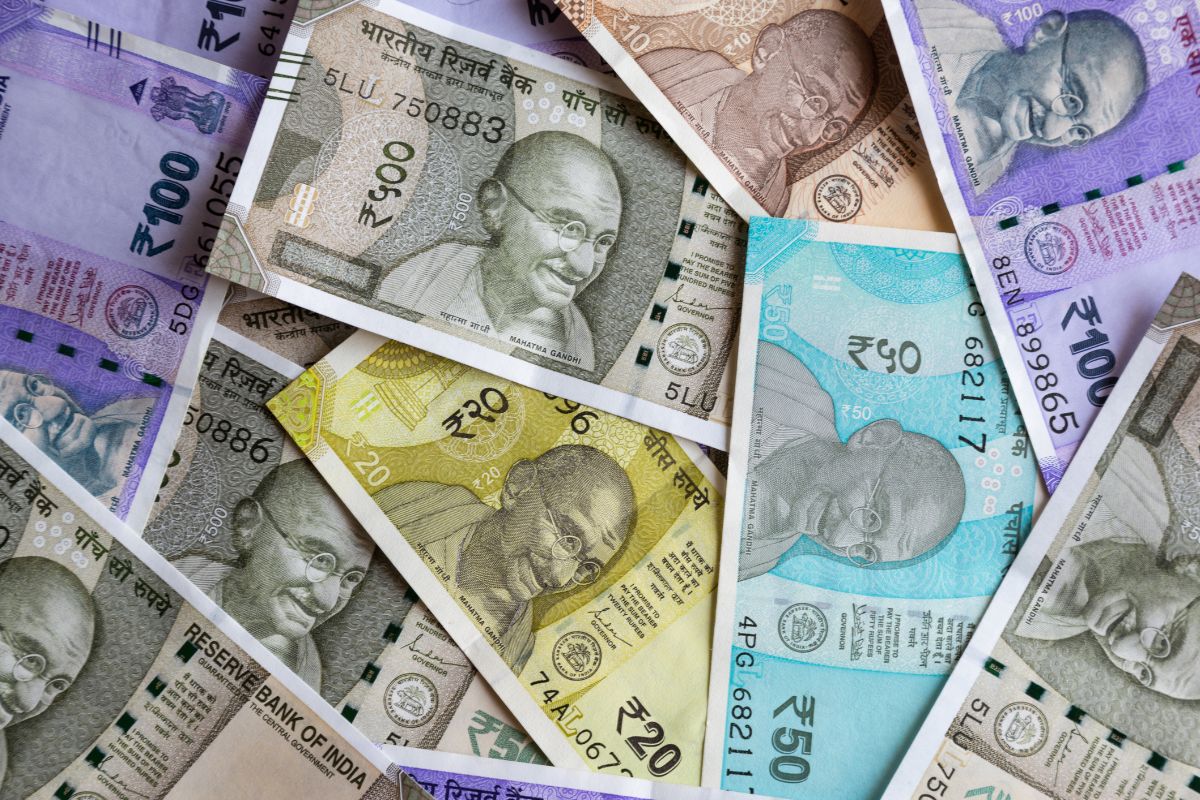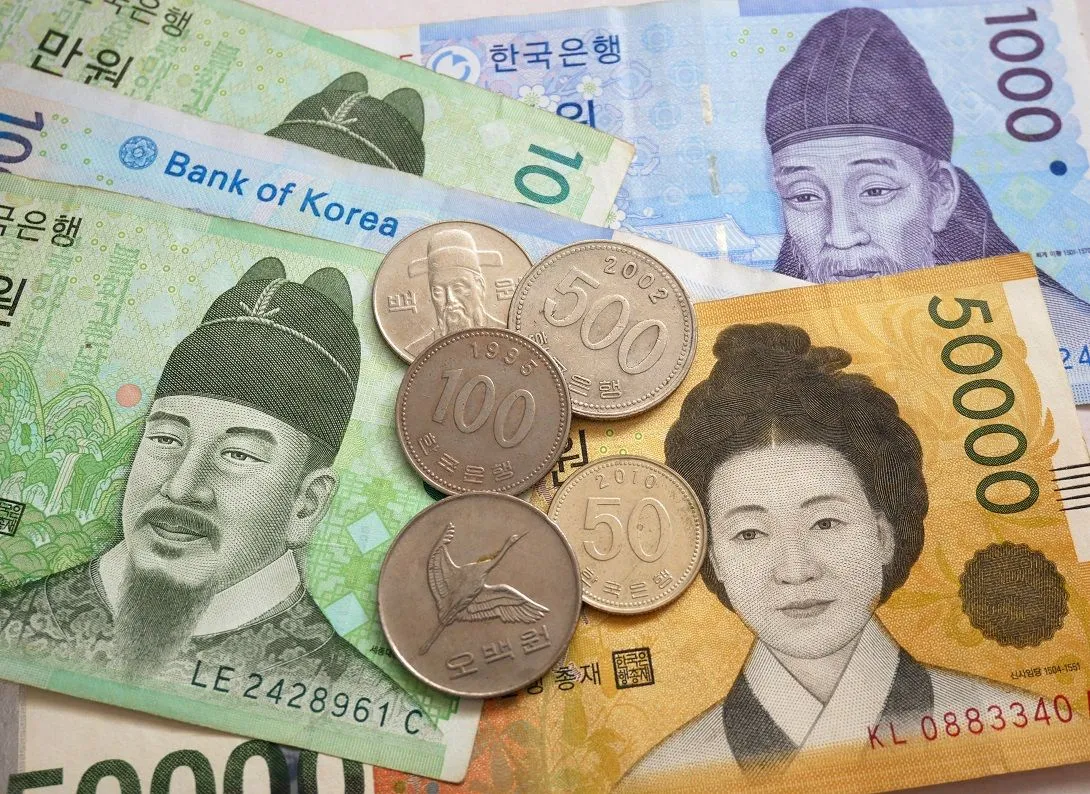As traders digest the implications of continued monetary tightening at the world’s biggest central banks, the safe-haven dollar fell on Friday. Consequently, this gave back some of the previous session’s strong gains. In Asia, the dollar index fell 0.12% to 104.38, indicating that the currency is valued against six major peers.
As projected, the central bank provided the required services. Moreover, by completing the APP program, Lagarde declared more quantitative tightenings. Beginning in March 2023, the existing portfolio will drop steadily and predictably, indicating that maturing securities will not be reinvested. Certainly, over the years, asset purchases have turned the ECB into the biggest creditor of many eurozone governments. The bank is set to propose measures to stop replacing maturing bonds from its 5 trillion euro portfolio.
On Friday, the dollar-yen cross was among the most volatile, falling as much as 0.58%, following a 1.68% gain on Thursday. The gain saw it reach 138.18 yen for the first time this month. On Tuesday, the Bank of Japan will announce its policy. The market actors started to speculate on possible modifications to stimulus as Governor Haruhiko Kuroda prepares to leave in April. The meeting anticipated no significant changes.
The Global Outcome in Focus
Investors were less confident and bet that the central bank might be nearing the end of its tightening cycle. The Bank of England, however, indicated on Thursday that more rate increases are likely.
The dollar index remained to slip 0.55% for the week, continuing its fall from a high in early October that had brought the market into a tailspin. The euro climbed 0.14% to $1.06455, recovering from a 0.49% decline on Thursday. Sterling rose 0.3% to $1.22175, retreating from a 1.99% loss the day before, its largest since Nov. 3. Risk-sensitive antipodean nations rallied on Friday. After a 2.38% decline overnight, the Australian dollar was up 0.24% at $0.6716, regaining ground after touching $0.6677 for the first time since Dec. 7. With a 1.84% fall on Thursday, it dropped to $0.6321. However, the New Zealand dollar recovered 0.38% to $0.6365 on Friday, Dec. 7.
China’s economy slowed in November, with manufacturing production declining and retail sales extending declines. Both missed forecasts and recorded their worst performances in six months. Growing numbers of COVID-19 cases have hampered the economy.
















